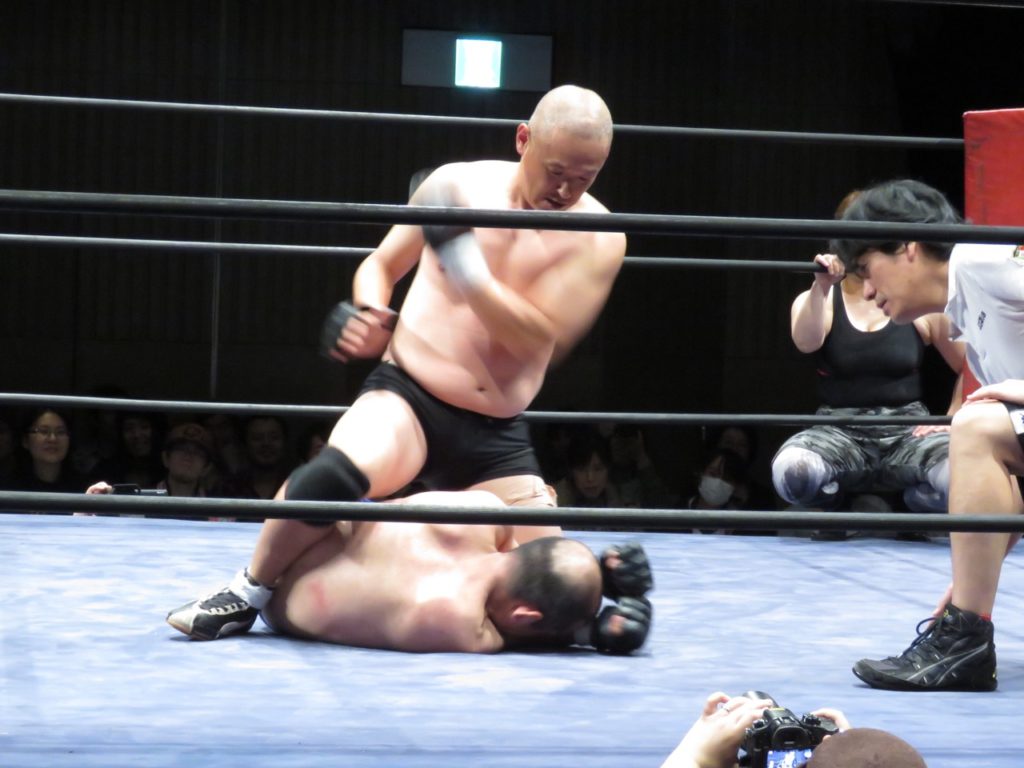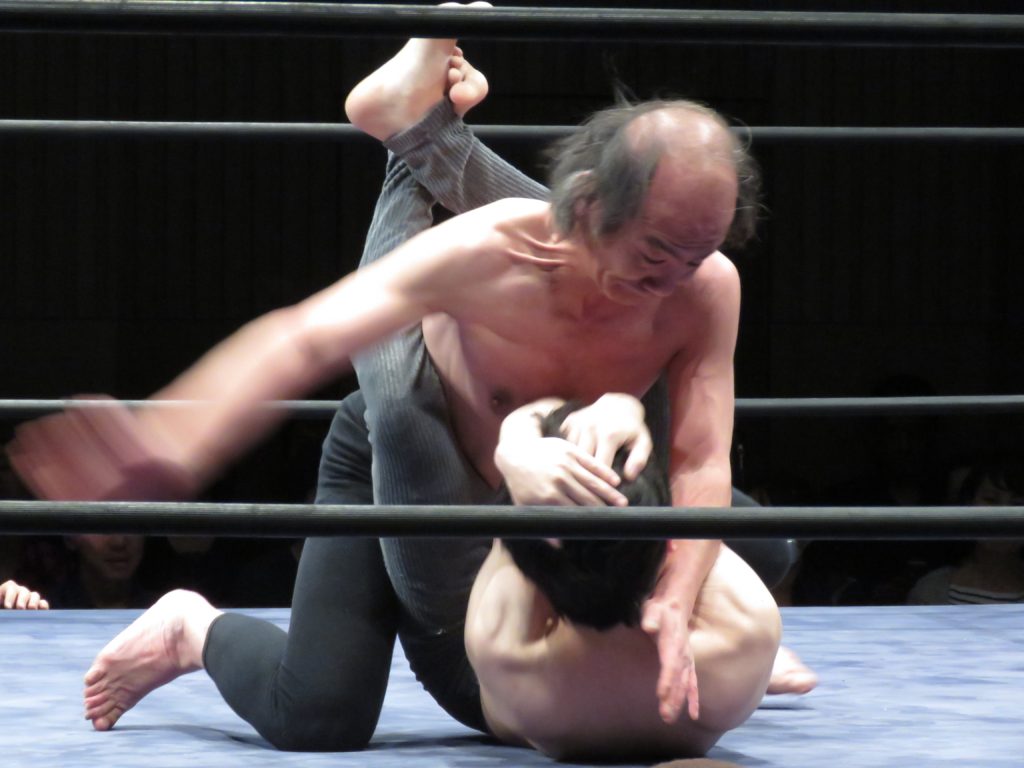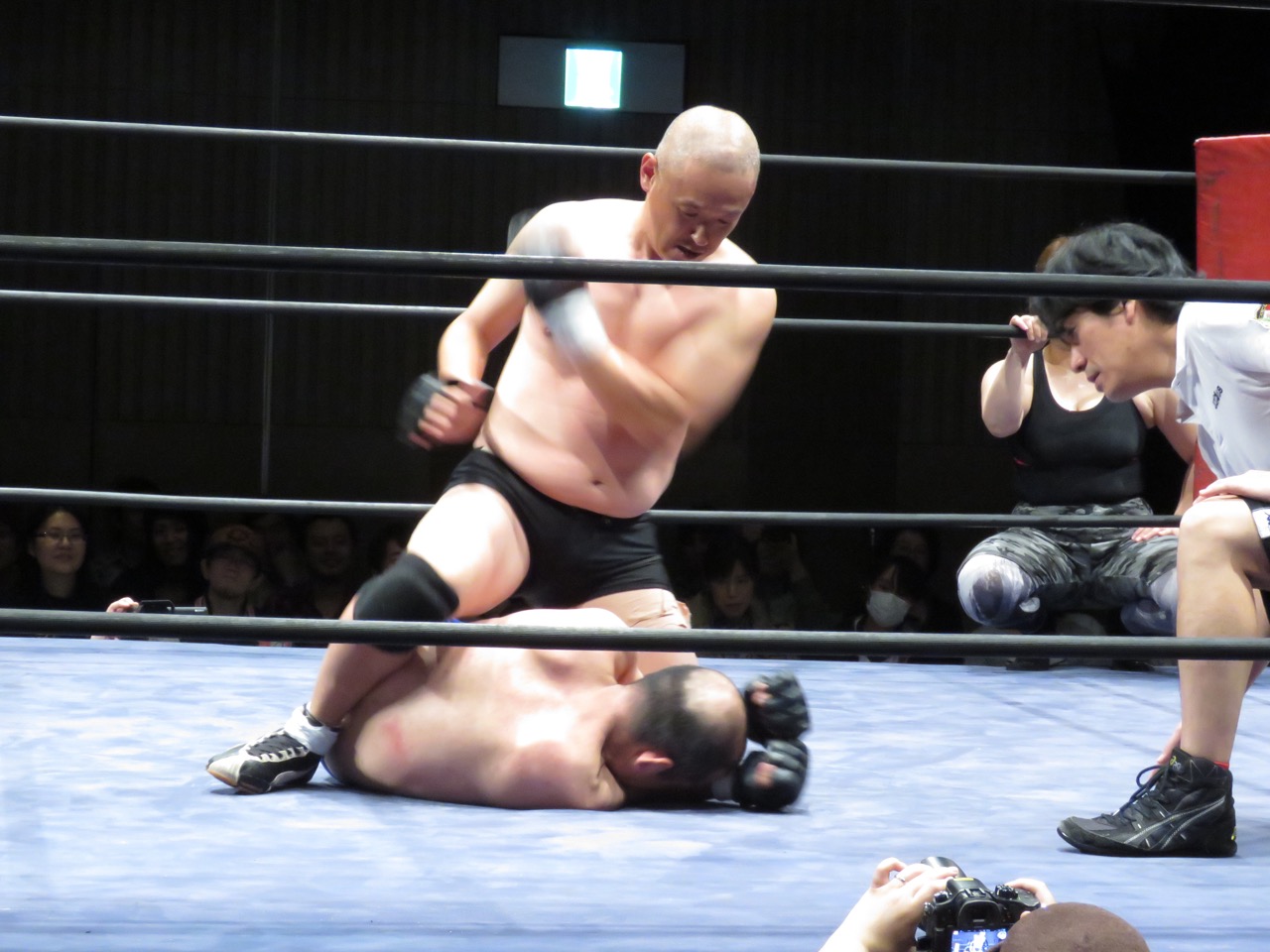In Japan, the handicapped have to literally fight for their right to live and be treated with dignity. Some of them do.
On 27th July, 19 residents of a nursing home for the disabled in Sagamihara, just outside of Tokyo, were stabbed to death while 20 more were injured. The murderer Satoshi Uematsu (26) gave himself up to the police soon after the brutal killings. As the day wore on, reports revealed that Uematsu had been an employer of the facility until February this year and had been let go for his discriminatory behavior and actions against the disabled.
His murders were motivated by his belief that “the disabled are a burden on society”. This belief seemed to have been gradually solidified during his time as a caretaker at the facility and culminated in a submission of a letter to the leader of a speaker of the lower house of parliament, Tadamori Oshima, in which he stated that his goal was a world “where the severely disabled who cannot manage life at home or be an active member of the society can make the choice of being euthanized with the consent of their guardians. The disabled are only capable of creating unhappiness” whilst offering his ability to “kill 470 disabled people” and asking to be rewarded for his planned actions. The letter subsequently led to the termination of his job at the facility since he was taken into psychiatric assessment for two weeks. He claimed the termination was uncalled for. His Twitter account also details his thought process leading to the attacks. In his final post, right before the attacks, he tweeted “Beautiful Japan” along with a selfie of his eery smile.
As disturbing as that was, what caused more animosity was the way some people voiced their sympathy to the killer. While there was an outpouring of grief and anger in the aftermath of the crime, some on social media admitted the fear they felt for understanding his motives and others, the fear that it could very well be themselves, overworked with their many responsibilities of working and taking care of elderly parents.
This is perhaps not so surprising, since in Japan, even an outwardly discriminatory comment by a political figure goes unchecked.
Former Governor of Tokyo, Shintaro Ishihara, known for his countless discriminatory comments on the disabled, sexual minorities, women, Chinese and Korean people along with his many scandals and misusage of taxpayers money, commented on the murders in an interview on literary magazine Bungakukai in their October issue.
“In a way, I understand the killer’s feelings.” As if that was not enough, he continued to add insult to injury introducing an episode from his past. “When I went to Germany a long time ago, a friend of mine introduced me to a middle aged doctor. His father, under Hitler’s reign, had led the hundreds of thousands of killings of the homosexual and disabled people. This man was so proud of this fact and said ‘My father did a good deed. Mr. Ishihara, for two hundred years going forward, we Germans won’t have any crazy people’.”
A lot can be said for the people of Tokyo who let a man known for making such despicable comments rule for ten years. Such was his influence and power that even the media often refrained from criticizing him too.
However, there are a few handicapped people in Japan who would now like to punch Ishihara in the mouth. And some of them could. And maybe they should.
This April, it would have been a delight to see Ishihara be in the ring.

Here was the scene at in the Town Hall Arena of Shimokitazwa, hipster central of Tokyo. In the middle of the dimly lit ring stands two fighters, although these are not your ordinary heavyweight combatants. One fighter’s ring name is “No Sympathy,” while the other, “Delivery Health Ranger” refers to a category of legal Japanese escort services, essentially people who provide sexual relief to the handicapped. Both fighters have severe disabilities, but that doesn’t stop “No Sympathy” from using his elbows and the edges of his hands to repeatedly pummel “Delivery Health” into the mat, soon resulting in a TKO. The crowd cheers intensely for “No Sympathy,” giving the fighter a type of accomplishment hard to come by for disabled people such as himself.
As you can imagine, this isn’t a traditional wrestling location, but rather “Doglegs,” a controversial handicapped pro-wrestling league that pits physically and mentally disabled, and sometimes able-bodied people, against each other, all while crushing stereotypes and promoting cross-barrier friendship. This year is the 25th anniversary of Doglegs, and on April 23rd, in Kitazawa Town Hall, the 90th match was held to a standing room-only crowd of 270 people. The crowd was made up of friends, family members, wrestling fans, other handicapped people, and many curious people who had seen the documentary about the league, Doglegs directed by Heath Cozens, released this year in Japan.
Doglegs aroused great controversy in the 90s when it first began as mocking the disabled but it has now had a cult following for decades. However, a documentary released this February in Japan re-energized the league, and brought it international attention and many who came to match this day wanted answers to what happened after the movie. These days it’s almost impossible to discuss Doglegs, the league, without discussing Doglegs, the film as well.
Director Heath Cozens, a New Zealand native and a long time expat of Japan, recalls being thrown off when he first heard of Doglegs from a friend circa 2009. “I had a strange range of reactions – amusement, shock, amazement. I couldn’t work out if it was exploitation or entertainment.”
But after seeing the actual fights, his doubts were turned around onto himself. In the ring, where the only rule is “the pride” of the wrestlers, he watched all levels of disabled and abled bodies clash, a scene that was brutal, shocking and brimming and narrated by the announcer with politically incorrect black humor.
“It was entertaining as hell, but my conscience was turning over – what does it mean? And how the hell was I supposed to feel about this? The more I tried to work it out, the more questions came. It felt momentous, like I was having some sort of corrective brain surgery or something. Which is exactly what it is. Doglegs like a hard-reset button for your hidden prejudices.” And so begun the five year process of making the film. It is now available online and as Video on Demand.
Doglegs is still going strong. They usually hold two matches a year. Each match has its own rules and time limits customized for the players. While the able-bodied do wrestle the disabled, handicaps are applied. For example, when Makoto Tsuruzono, who has an upper body like the Incredible Hulk but legs that don’t work, his opponent has their legs bound to compensate.

April 15th 2016, photo taken by Jake Adelstein
*Alcoholism is the older man
When a competitor gives up, the match is won. If there is no clear winner, the judges decide the victor, computing the handicaps of both parties in their decisions.
Yukinori Kitajima, the representative of the organization who also wrestles under the name “Antithesis Kitajima” told the Japan Subculture Research Center that the group originated from a fight between two members of a barrier free activity group, when the two disabled men fought over an abled volunteer female member of the group in 1990. This fight ended in a ground match full of wrestling moves that everyone watched with great interest and amusement.
The members decided that this impromptu wrestling match was something that would allow them to break out of the bubble created in the usual special needs communities. The members felt that whenever they would perform, the audience consisting of family members and teachers, would applaud regardless of their performances, because the parents and teachers felt they had to. On the other hand people on the street either look away, making them feel invisible or stare, alienating them. The members of Doglegs wanted to be really “seen” by an actual audience. In 1991, Japan was still in the middle of a pro-wrestling boom and pro-wrestling seemed like the answer.
The documentary follows the lives of five members of Doglegs, in and outside of the ring—and the 25-anniversary match was in a sense, supposed to be a live action sequel to the film.
One of the most memorable characters in the documentary is a wrestler who calls himself “L’Amant” (the lover). He is a cross-dressing man suffering from systemic paralysis who numbs his troubles with alcohol, hence “a heavyweight alcoholic”. He often declares that the ring will be his deathbed. Beside him is his abled-loving wife, Mrs.L’Amant, in a constant dilemma whether to take away the bottle or let him drink himself to death. She too, fights ruthlessly in the ring against her beloved husband. Sometimes body-slamming him, sometimes throwing him around the ring as if he was a beanbag.
The star of the film, Shintaro “Sambo” Yano, took part in the very first Doglegs match. He is a two decade Doglegs veteran and a janitor, who dreams of settling down with “a special lady and being happy” whilst literally grappling with the love and rivalry he feels for his mentor, Kitajima.
Shintaro’s challenges to Kitajima are part of how Doglegs took shape. After years of being told ‘you are the same as the abled’ in school, Shintaro had started working in 1990 and was just discovering that the world was not built in his favor. Even so, he just couldn’t win by simply getting a better job at a better company, but he still wanted a shot at winning somehow.
Kitajima reflects, “So fighting me was his answer, he may not win, but he could still try himself against an abled man and that might get him somewhere,” he explains. Kitajima says he fought back, with no reservations, because that’s what Shintaro wanted. But by doing this, he says that “our differences that words just couldn’t fill, somehow seemed to disappear when we faced each other stripped down to our underwear.” And although he never won against Kitajiama, Shintaro kept challenging Kitajima just as he kept fighting in his daily life. The movie ends in 2010, when Kitajima, fed up with Shintaro not practicing seriously proposed that their next match should have something on the line; the retirement of the winner.
But to say more would spoil the documentary.
The documentary left a lot of questions unanswered. What would happen to “The Lover”? Would he drink himself to death? Would Doglegs survive without Kitajima in the ring? Would Kitajima really retire?
And as if to answer all of these question, in the final bout of the 25th anniversary, all of the main characters came back for one giant tag team brawl—with even Kitajima fighting again for the first time in 5 years against his nemesis, Shintaro. Shintaro threw in in some good punches, and left Kitajima a standing offer to fight anytime.
The crowd loved it. There was massive cheering and applause after Kitajima thanked them for coming and supporting the group.
Aki Nakano, a bank employee from Saitama Prefecture, said, “I saw the movie in Tokyo and was intrigued. I love the way these people don’t give up. Their fighting spirit is so Japanese. They know they can’t win and yet they fight. It’s real wrestling.” He admits that some of the jokes made him uncomfortable but, “I think the laughter helps break down the barrier we have. Japanese people tend to treat the handicapped like gods to be feared or jinxes to be shunned. They’re neither; they’re just people.”
The wife of “L’amant” after the match told the Japan Subculture Research Center, “My husband has stopped drinking and his physical condition is good. We all wanted to be in the ring one more time for the fans,” she explained. Their son gained an interest in wrestling via Doglegs and excelled in the sport in high school to the extent that he got a wrestling scholarship to college. Kitajima continues to be the official face of Doglegs, while making a living as writer of books and comic books. Shintaro still continues to hold down blue-collar jobs and trains to wrestle in his spare time.
Makoto Tsuruzono, who uses a wheelchair to get around and works as an office administrator takes umbrage at those who call Doglegs “a freakshow” or “an oddity”. “It’s a great sport and I love doing it. And my fans love me and I love them.”
Kitajima is glad to see Doglegs continue.
“All humans are equal but not all lives are equal. The disabled in Japan aren’t treated as equals here. Let’s not deny it. But they have a right to fight for that equality and we gave it to them–no holds barred. Treating them with kid gloves would be a lack of respect.”
